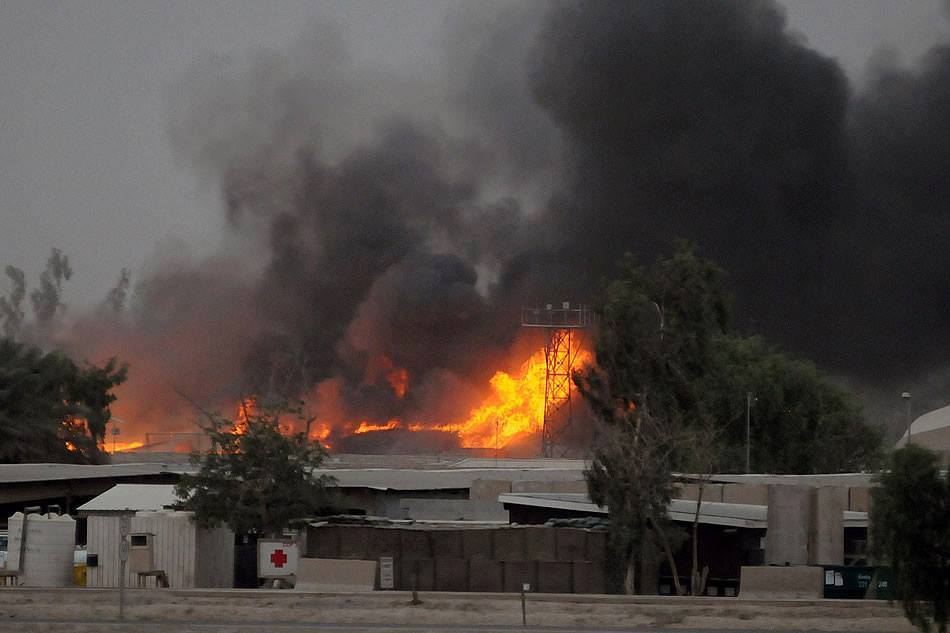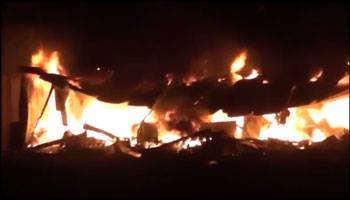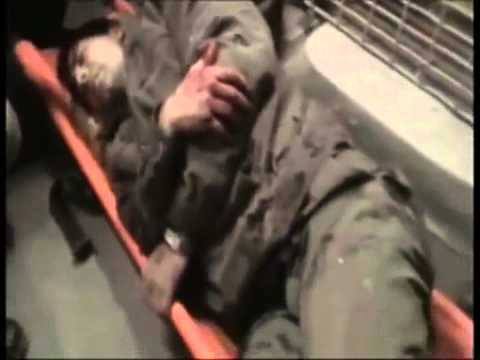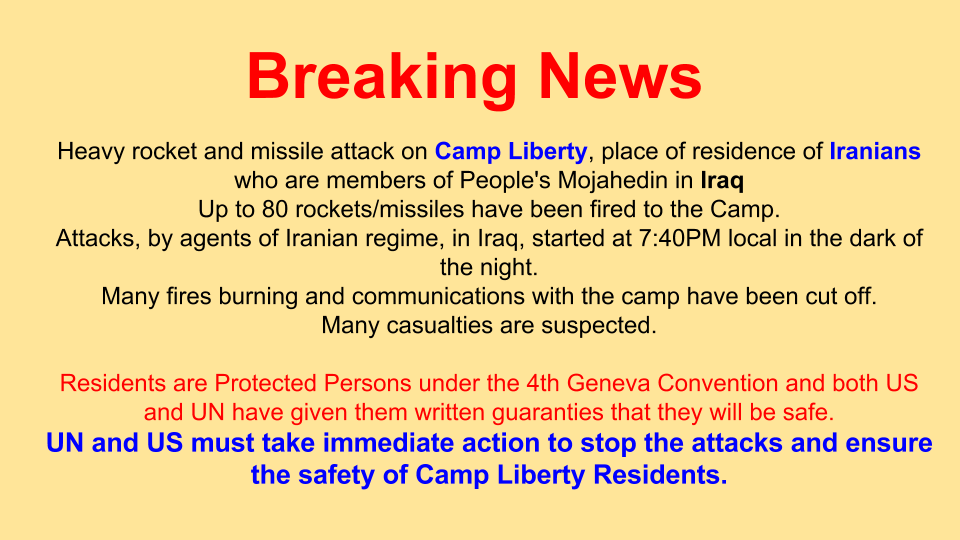The White House says there is no military solution to Syria and this deployment is not a game changer, rather the White House was a diplomatic solution, allegedly a new election for Syria. Assad’s job is safe for at least 6 months, perhaps longer.
The dangers are significant when it Syria, there are an alleged 5000 Iranian forces, Hezbollah, Cuba, Russia, pro-Assad forces and al Qaeda factions. If the rules of engagement and supportive military assets are allowed, this is a moment the United States can prevail. Yet under Mr. Obama in collusion with Iran and Russia the expectations for winning and success are slim.
Putin’s military minister is already verbally outflanking the White House:
MOSCOW (AP) — A senior Russian government official says some in the U.S. may have a delusion of winning a war with Russia with new conventional weapons without resorting to nuclear arms.
Dmitry Rogozin, a deputy prime minister in charge of military industries, said in remarks carried Friday by Russian news agencies that “for the first time ever, the American strategists have developed an illusion … that they may defeat a nuclear power in a non-nuclear war.” He added that “it’s nonsense, and it will never happen.”
Rogozin, who spoke after the Security Council’s meeting chaired by President Vladimir Putin, was commenting on prospective U.S. weapons under the so-called Prompt Global Strike program, which would be capable of striking targets anywhere in the world in as little as an hour with deadly precision.
U.S. to Send Special Forces to Syria
Syrian government forces walk in the eastern outskirts of the northern Syrian city of Aleppo.
By Adam Entous, Gordon Lubold and Carol E. Lee
WASHINGTON—The White House has approved the deployment of small teams of U.S. Special Forces to locations in northeastern Syria, expanding America’s direct role on the ground in support of U.S.-backed Syrian rebel forces as they prepare for a new military campaign against Islamic State militants in their stronghold in Raqqa, officials said.
The new deployment would amount to the first sustained U.S. ground presence in Syria. A senior Obama administration official said the U.S. role in Syria would, nonetheless, remain narrow. “We don’t have any intention to pursue long-term, large-scale ground combat operations like those we’ve seen in the past in Iraq and Afghanistan,” the official said.
Eleven million people displaced, four million refugees, and a quarter of a million dead—all in the last four years. What’s happened to Syria’s people? WSJ’s Niki Blasina takes a look at the world’s largest humanitarian crisis since World War II.
Up to 50 U.S. commandos will be involved in the new mission under President Barack Obama’s authorization, officials said, marking the start of a sharp escalation in the level of U.S. involvement in the fight against Islamic State.
The new campaign is expected to kick off with an operation in northern Syria as early as next week. Initially, two small teams will evaluate the security situation on the ground and link up with local Syrian forces there, officials said.
The American commandos will operate under what the Pentagon calls an “advise-and-assist” mission. But military officials said they couldn’t rule out the possibility that the forces would be pulled into occasional firefights with Islamic State given their proximity to the confrontation line. The officials cited as an example last week’s raid in Iraq in which a U.S. commando was killed.
Since the start of the civil war in Syria in 2011, Mr. Obama has sought to keep U.S. ground forces out of the country, although the Pentagon has conducted a limited number of raids there using special-operations forces since mid-2014.
The change in the U.S. approach comes as the White House struggles to demonstrate progress in the fight against Islamic State and begins talks with Russia and Iran over the future of Syrian leader Bashar al-Assad. Moscow and Tehran, allies of Mr. Assad, have stepped up their support for the regime in recent weeks.
Officials said the special-operations forces will help coordinate local Syrian forces fighting Islamic State, as well as help ensure they receive U.S. air support during ground operations.
To support local forces with their ground campaign, Mr. Obama has authorized the deployment of A-10 ground-attack planes as well as F-15 fighters to the Incirlik air base in southern Turkey, a senior administration official said.
The decision, made in a meeting between Mr. Obama and his top advisors Thursday, followed weeks of debate over ways to increase pressure on Islamic State.
In addition to authorizing the special-forces deployment, Mr. Obama also has authorized U.S. officials to discuss with the Iraqi government the establishment of a special-operations task force there. Officials said Mr. Obama has also agreed to furnish targeting information to Jordan to help its attack aircraft pinpoint Islamic State positions, officials said.
The White House, however, has yet to approve other proposals that would expand the U.S. role in the conflict, including a military proposal to deploy a small squadron of Apache attack helicopters to Iraq.
For months, members of the U.S. Army’s elite Delta Force have been in contact with Syrian Kurdish and Sunni Arab commanders who have been jointly fighting Islamic State militants in a swath of territory in northeastern Syria east of the Euphrates River.
In early October, the Pentagon abandoned plans to build an army from the ground up to fight Islamic State in favor of providing ammunition and other equipment directly to the Syrian Arab commanders with whom the U.S. commandos have been in contact.
The Pentagon recently used aircraft to drop ammunition and other supplies to those commanders, part of what the Pentagon calls the Syrian Arab Coalition, which fights alongside Syrian Kurdish groups.
The growing partnership between U.S. Special Forces and Kurdish groups in northeastern Syria has angered North Atlantic Treaty Organization ally Turkey, which has accused the Pentagon of sending arms to the Kurds rather than the Syrian Arab Coalition. Ankara sees Kurdish territorial gains in Syria as a threat to the Turkish state. Pentagon officials say they delivered the arms to the Syrian Arab Coalition as intended.
U.S. officials said the deployment of the American commandos will help in laying the ground for a U.S.-backed campaign to encircle Raqqa, the Islamic State stronghold, and cut the city off from Mosul, the group’s stronghold in neighboring Iraq. U.S. officials said both the Syrian Arab Coalition and the Kurds will take part in that campaign, assisted by U.S. air support.
Officials said the new campaign doesn’t call in the near term for U.S. allies on the ground to try to retake Raqqa from Islamic State. Rather, the aim of the planned campaign will be to “squeeze” Islamic State within Raqqa by closing off the group’s supply lines.
Mr. Obama’s decision to expand the role of U.S. special-operations forces on the ground inside Syria followed a rare joint mission last week by U.S. special forces and Kurdish fighters to free prisoners of Islamic State in Iraq. The commandos intervened unexpectedly when the Kurdish forces they were assisting were pinned down by Islamic State fighters. One of the U.S. commandos was killed in the firefight, the first U.S. combat fatality in Iraq since 2011.
In May, Delta Force commandos carried out a raid in Syria in which they killed an Islamic State finance chief and captured his wife.
The first known U.S. raid in Syria during the civil war took place in July 2014, when Delta Force commandos attempted to rescue several Americans held by Islamic State militants at an oil facility near Raqqa. The U.S. force swarmed the oil facility but the militants had already moved the hostages.











